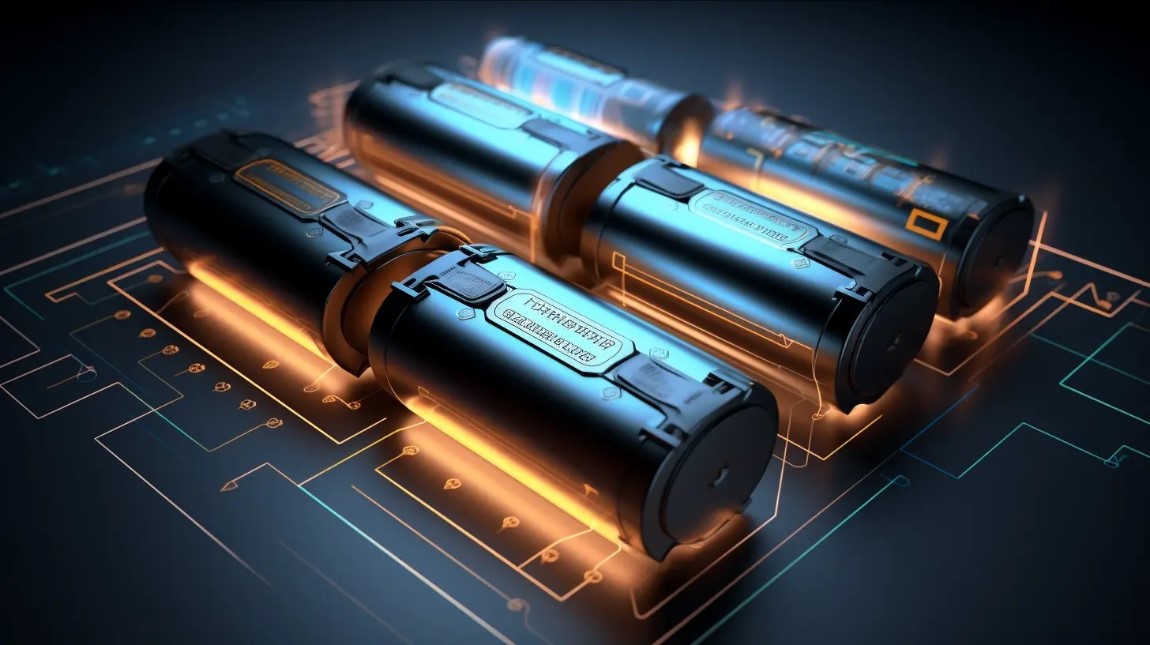Pioneering the Future: Next-Generation Batteries

Next-Generation Batteries
Next-generation batteries represent a
cornerstone of technological advancement, offering solutions to pressing
challenges in energy storage, sustainability, and electrification. With
innovative materials, novel designs, and enhanced performance characteristics,
these batteries hold the promise of revolutionizing various industries and
driving the transition towards a cleaner, more sustainable future. In this
comprehensive report, we delve into the principles of next-generation
batteries, cutting-edge developments, applications across diverse sectors,
challenges, and future prospects.
Principles
of Next-Generation Batteries
Next-generation batteries are characterized
by their advanced materials, novel architectures, and improved energy storage
capabilities. Key principles include:
Advanced
Electrode Materials: Next-generation batteries
employ advanced electrode materials, such as lithium metal, silicon, sulfur,
and solid-state electrolytes, to enhance energy density, cycling stability, and
safety. These materials offer higher specific capacities and energy densities
compared to traditional lithium-ion batteries, enabling longer-lasting and more
powerful energy storage solutions.
Innovative
Electrochemical Reactions: Next-generation
batteries leverage innovative electrochemical reactions, including
lithium-sulfur, lithium-air, and metal-air chemistries, to achieve higher
energy densities and efficiencies. These reactions enable the reversible
storage of large amounts of energy in lightweight and abundant materials,
paving the way for breakthroughs in electric vehicles, grid storage, and
portable electronics.
Advanced
Manufacturing Techniques: Next-generation batteries
employ advanced manufacturing techniques, such as additive manufacturing,
roll-to-roll processing, and atomic layer deposition, to fabricate electrodes,
electrolytes, and separators with precise control over composition, morphology,
and porosity. These manufacturing methods enable the production of
high-performance batteries at scale, reducing costs and improving efficiency.
Developments
in Next-Generation Batteries
Recent advancements in next-generation
batteries have propelled the field forward, with notable developments
including:
Solid-State
Batteries: Solid-state batteries replace
traditional liquid electrolytes with solid electrolytes, offering higher energy
densities, improved safety, and wider operating temperatures. By eliminating
the risk of electrolyte leakage and dendrite formation, solid-state batteries
enable the use of lithium metal anodes and higher voltage cathodes, resulting
in longer cycle life and faster charging capabilities.
Lithium-Sulfur
Batteries: Lithium-sulfur batteries utilize sulfur
as the cathode material, offering a theoretical specific capacity several times
higher than conventional lithium-ion batteries. Recent advancements in sulfur
cathode design, electrolyte formulation, and separator materials have addressed
challenges related to polysulfide dissolution, volumetric expansion, and low
conductivity, leading to improved cycling stability and energy efficiency.
Metal-Air
Batteries: Metal-air batteries, such as lithium-air
and aluminum-air batteries, utilize oxygen from the air as the cathode
material, enabling higher energy densities and reduced weight compared to
conventional lithium-ion batteries. By harnessing the reversible oxidation and
reduction of metals, metal-air batteries offer the potential for electric
vehicles with longer driving ranges and grid-scale energy storage with higher
storage capacities.
Flow Batteries: Flow batteries store energy in liquid electrolytes contained in external tanks, enabling scalable and modular energy storage solutions for grid applications. Recent advancements in flow battery chemistry, including vanadium, zinc-bromine, and organic redox couples, have led to improved energy efficiency, cycling stability, and cost-effectiveness, making flow batteries a viable option for renewable energy integration and grid stabilization.

Applications
of Next-Generation Batteries
Next-generation batteries have diverse
applications across various sectors, including:
Electric
Vehicles (EVs): Next-generation batteries offer
higher energy densities, faster charging rates, and longer cycle life compared
to traditional lithium-ion batteries, making them ideal for electric vehicle
applications. By extending driving ranges and reducing charging times,
next-generation batteries accelerate the adoption of electric vehicles and
contribute to the decarbonization of transportation.
Grid-Scale
Energy Storage: Next-generation batteries play a
crucial role in grid-scale energy storage, enabling the integration of
renewable energy sources such as solar and wind into the electricity grid. By
storing excess energy during periods of low demand and delivering it during
peak demand hours, next-generation batteries improve grid stability, reduce
reliance on fossil fuels, and support the transition to a renewable energy
future.
Portable
Electronics: Next-generation batteries power a wide
range of portable electronic devices, including smartphones, laptops, and
wearable devices. By offering higher energy densities and longer battery life,
these batteries enhance the performance and functionality of electronic
gadgets, enabling greater mobility and productivity for consumers.
Aerospace
and Defense: Next-generation batteries are
increasingly used in aerospace and defense applications, including unmanned
aerial vehicles (UAVs), satellites, and military equipment. By providing
lightweight and high-energy-density power sources, these batteries support
extended mission durations, increased payload capacities, and enhanced
operational capabilities in remote or hostile environments.

Challenges
and Future Directions
Despite the progress in next-generation
batteries, several challenges remain to be addressed:
Safety
and Reliability: Ensuring the safety and
reliability of next-generation batteries is paramount, particularly in
high-stress environments such as electric vehicles and grid-scale energy
storage. Mitigating risks related to thermal runaway, dendrite formation, and
electrolyte degradation requires advanced materials, robust design strategies,
and rigorous testing protocols.
Cost
and Scalability: Achieving cost parity with
conventional lithium-ion batteries and scaling up production to meet growing
demand are significant challenges for next-generation battery technologies.
Innovations in materials synthesis, manufacturing processes, and supply chain
management are needed to reduce costs and increase production volumes while
maintaining high quality and performance standards.
Environmental
Impact: Addressing the environmental impact of
battery production, use, and disposal is essential for achieving sustainability
goals. Developing recyclable materials, closed-loop recycling processes, and
environmentally friendly manufacturing methods can minimize the carbon
footprint and ecological footprint of next-generation batteries, ensuring a
greener and more sustainable energy future.
Policy
and Regulation: Implementing supportive policies
and regulations is critical for incentivizing the adoption of next-generation
batteries and accelerating their deployment across various sectors. Policy
measures, such as tax incentives, research grants, and performance standards,
can encourage investment in battery R&D, promote market competition, and
drive innovation in energy storage technologies.
Interdisciplinary
Collaboration: Facilitating interdisciplinary
collaboration between researchers, engineers, policymakers, and industry
stakeholders is essential for advancing next-generation battery technologies
and translating research findings into practical applications. Collaborative
research networks, technology transfer initiatives, and public-private
partnerships can foster knowledge exchange, accelerate innovation, and address
complex challenges in energy storage and electrification.
Editor’s
Thoughts:
Next-generation batteries hold the key to
unlocking a sustainable and electrified future, offering solutions to pressing
challenges in energy storage, transportation, and grid resilience. By
leveraging advanced materials, innovative designs, and scalable production
processes, these batteries have the potential to revolutionize various
industries and accelerate the transition to renewable energy sources. Despite
the remaining challenges related to safety, cost, environmental impact, and
policy support, the future of next-generation batteries is bright, with the
promise of powering a cleaner, greener, and more sustainable world.


